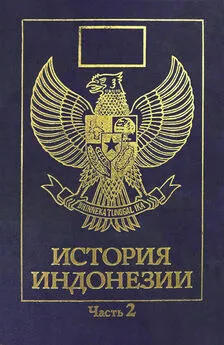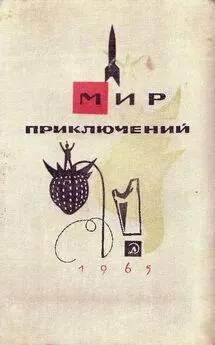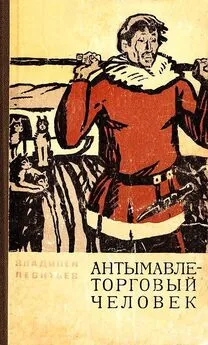Владилен Цыганов - История Индонезии. Часть 2
- Название:История Индонезии. Часть 2
- Автор:
- Жанр:
- Издательство:Издательство Московского Университета
- Год:1992
- Город:Москва
- ISBN:ISBN 5-211-02046-4 (ч. 2); 5-211-02172-X
- Рейтинг:
- Избранное:Добавить в избранное
-
Отзывы:
-
Ваша оценка:
Владилен Цыганов - История Индонезии. Часть 2 краткое содержание
Для студентов востоковедных факультетов.
История Индонезии. Часть 2 - читать онлайн бесплатно полную версию (весь текст целиком)
Интервал:
Закладка:
Черепнева Е. А. Индонезия глазами индонезийцев. M. t1989.
Crouch Н. The Army and Politics in Indonesia. Ithaca; London, 1978.
Damste O., Jilderda B. Nederland‑Indonesia dal am abad kedoea— poeloeh. Batavia, 1949.
Feith H. The Decline of Constitutional Democracy in Indonesia. N. Y., 1962.
Fisher L. The Story of Indonesia. N. Y., 1959.
Geertz C. The Religion of Java. Glencoe, 1969.
Jackson K., Pye L. (Eds.). Political Power and Communication in Indonesia. Los–Angeles; London, 1978.
Jamin M. (Ed.). Atlas Sedjarah. Djakarta, 1956.
Jenkins D. Suharto and his Generals. Indonesian Military Politics (1975— 1983). Ithaca, 1984.
Kahin G. McT. Nationalism and Revolution in Indonesia. N. Y., 1955.
Koch D. M. G. Menudju kenerdekaan. Djakarta, 1951.
Kroef J. M. van der. Indonesia in the Modem World. Vol. I, II. Bandung, 1956.
Legge J. Sukarno. A. Political Biography. Harmondsworth, 1973.
MacDonald H. Suharto’s Indonesia. Fontana Books, Australia, 1980.
MacVey R. (Ed.). Indonesia. New Haven, 1963.
MacVey R. The Rise of Indonesian Communism. Ithaca, 1965.
Noer D. Biografi Mohammad Hatta. Jkt, 1990.
Oey Hong Lee. Indonesia Facing the 1980 3: a Political Analysis. Hull, 1979.
Penders C. L. M., Sundhaussen U. Abdul Haris Nasution. A Political Biography. St. Lucia, 1985.
Penders C. L. M. The Life and Time of Sukarno. L., 1974.
Pluvier J. M. Overzicht van de ontwikkellng der nationalistische beweging in Indoneaie. ’s–Gravenhage–Bandung, 1953.
Polomka P. Indonesia since Sukarno. Victoria, 1971.
Pr inggodigdo A. K. Sejarah Dergerakan rakjat Indonesia. Djakarta, 1950.
Reeve D. Golkar of Indonesia. An Alternative to the Party System. Singapore, 1985.
Roeder O. G. The Smiling General. President Soeharto of Indonesia. Jakarta, 1969.
Rosidi A. Ikhtisar Sejarah Sastera Indonesia. Bandung 1969.
Salam S. Bung Kamo Putra Fajar. Jakarta, 1981.
Sejarah Nasional Indonesia. Jil. V dan VI. Jakarta, 1977. _
Sundhaussen U. The Road to Power. Indonesian Military Politics (1945—1967). Kuala Lumpur, 1982.
Vandenbosch A. The Dutch East Indies. Ill Edition. Berkeley; Los Angeles, 1942.
Wertheim W. F. Indonesian Society in Transition. The Hague, 1958.
Summary
This book is the second volume of a textbook for rollons «The History of Indonesia». The first volume, prepared by a group of authors, including Dr. Vladilen A. Tsyganov, was printed in 1992.
This two–volume textbook is the first in Russian (and possibly — the world) historiography to provide the story on the historical process of Indonesia — the biggest country in South–East Asia — in such a big scale and with so many details. It contains a study and an analysis of the development of Indonesia from ancient times up to the year of 1992. The textbook is rich in carefully chosen documentary and factual materials. The authors have tried to use the maxima of the historical sources, while turning to narrative materials only for supplement. They wanted the textbook to contain all the best, that had been created in the international Indonesiology. Besides, they were concentrating not only on the history as such, but also on the problems of politology and sociology. This two–volume book is aimed primarily to meet the requirements of students of historical faculties or orientalistic colleges, but it could be of interest to the wide readers, interested in the ways of historical development of the Eastern countries.
The second volume of the textbook contains the history of Indonesia from the end of World War I up to the present time (1918—1992). Thus, it covers the last stage of the Dutch colonial rule (1918—1942), a short, but important period of the occupation by the Japanese (1942—1945), the periods of «the physical revolution» (1945—1949), the constitutional democracy (1950—1957), «the guided democracy» of Sukarno (1957—1967) and of General Suharto's «new order» (from 1967 till now). An attempt is made to suggest a detailed periodisation of the Indonesian modern history. Scetches of the history of Indonesian culture and art on the basic stages of the development of the country since 1918 are also included into the second volume.
In this volume the author has for the first time in Russian historiography tried in combine the class analysis of tile balance and development of social powers with the considerations of the social and culturological composition of the society (the groups of abangan, priyai, sontri, orang Kristen), and also has introduced into the wide scientific usage the concept of an «aliran. According to his deep conviction, only a combination of these two approaches can give an appropriate explanation of complex processes of the development and of the turns of the Indonesian history.
While analyzing the reasons for the defeat of the constitutionary (parliamentary) democracy in Indonesia, the author comes to the conclusion that the greatest of them is a lack of preparedness and ripeness of the society, which in 1950-s was far from parting with its half–colonial and half–feodal (and sometimes — even patriarchal and communal) features. But naturally one cannot ignore also the tragic mistakes of the politicians, aggravated by a violent struggle on the choice of a way for the further social and state development: in one sense — the socialist choice, «the third way» or the Western way, and in the other sense — an Islamic state or a Pancasila state.
In research of this conception. Dr. Vladilen A. Tsyganov comes to the conclusion, that the imperative of the development of Indonesia along a «third way» and also some patriarchal and traditionalist features are moving closer to each other and make similar such seemingly antagonistic systems as Sukarno’s «guided democracy» and Suharto’s «new order», These approaches can explain the continuity of the policies of corporativism (GOLKAR), of «a simplification of the party system», installation of «a universal and sole» state ideology, suppression of «the extreme left and the extreme rights», the strategy of containment of the politically motivated Islam.
When analysing forms and features, characteristic for the Indonesian political system under the «new order» headed by General Suharto, the author introduces a concept of a total success in modern Indonesia of a so called «p lace–holding democracy». He shows, that the existence of created from above quasirepresentative political and social institutions (the Parliament, the People’s Consultative Congress, political parties and GOLKAR, trade unions, etc., which are run by the state) is aimed at a creation of a «democratic» make–up for the ruling military–bureaucratic regime, on the one hand, and at «holding the place» (which in political systems of most countries is allocated to political institutions created and filled by masses themselves) in order to prevent the appearance of the latter from below, on the other hand. The result is clear — the regime is becoming more and more authoritarian. Similarly, the ideology of Pancasila, which had played a positive role on the earlier stages of the development of the Indonesian state, has now become a «place–holding» ideology, whose main aim is to prevent the appearance (or the spread) of other, dangerous for the «new order» ideological conceptions, be they of a socialist, fundamentalist‑Islamic, or of an openly capitalist character.
In the final chapters of the textbook an attempt is made to suggest a general scheme of the balance of powers in the ruling, elite of modern Indonesia and to name all the main opposition trends.
Thus, the second volume of the textbook «The History of Indonesia» does not only narrate and comment on the historical events, but also introduces new concepts and approaches. It offers a rich and interesting material for the study of authoritarianism and democracy in the East in general.
The textbook is provided with a chronological index, a list of abbreviations and a list of the recommended historical sources and literature.
КАРТЫ
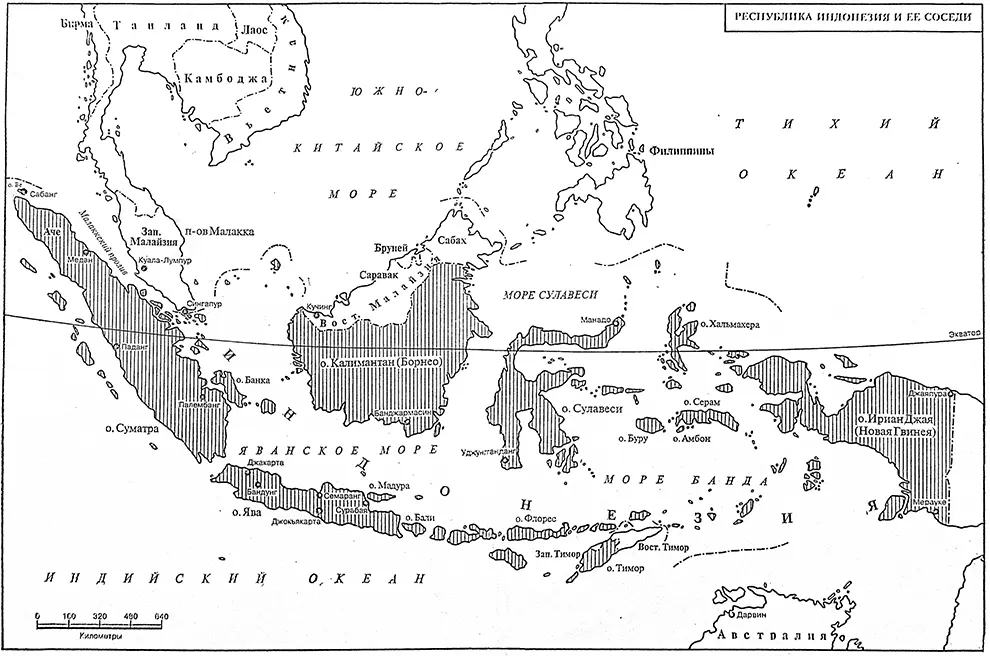
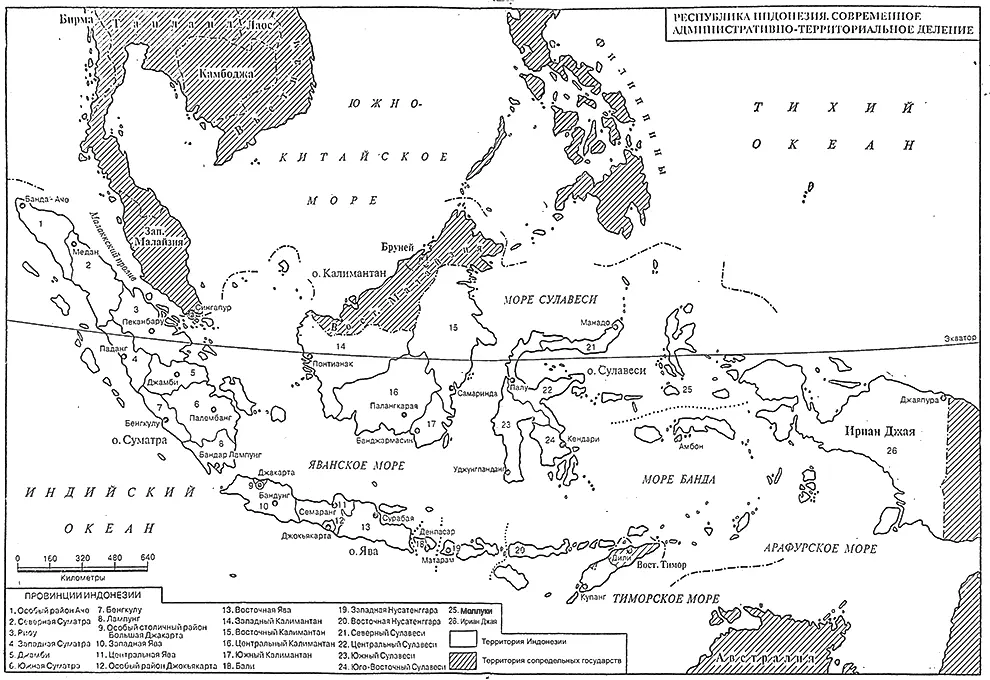
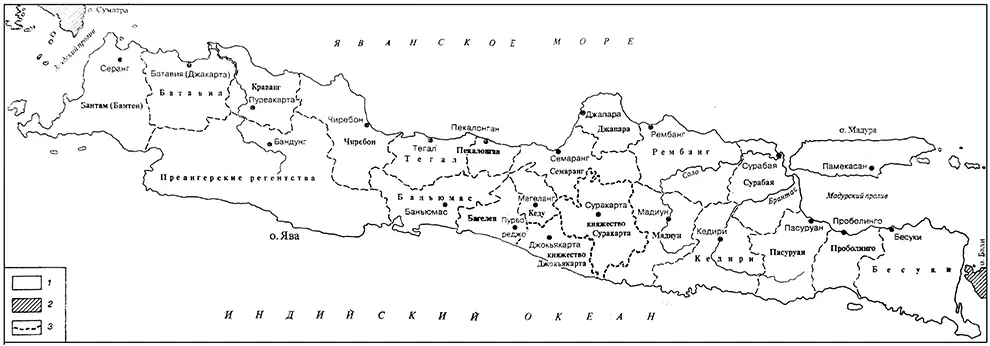


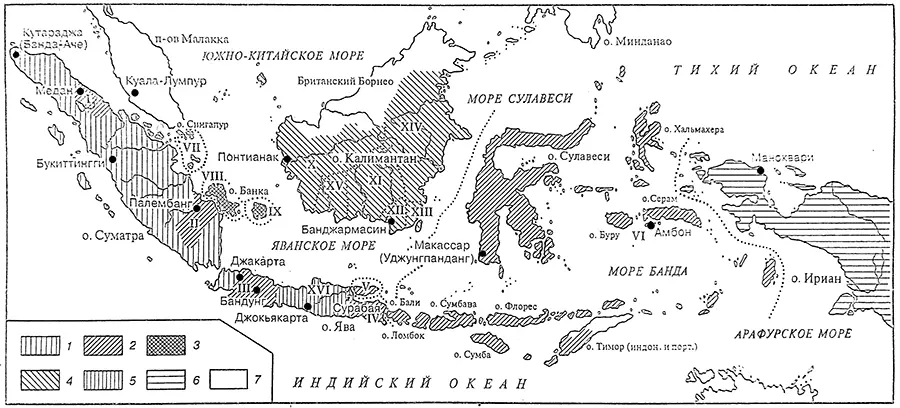
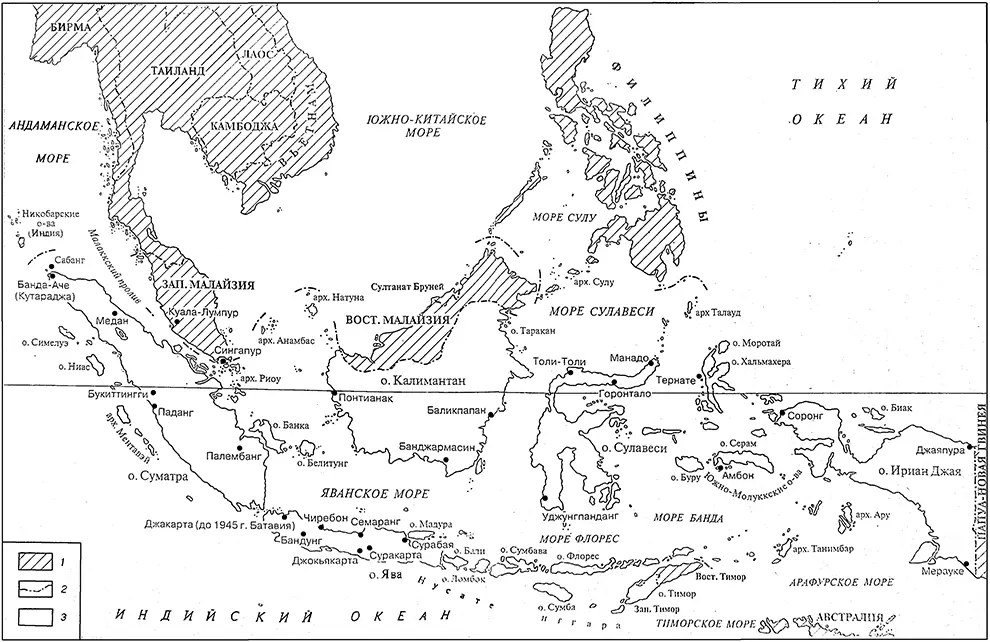
Примечания
Интервал:
Закладка:
